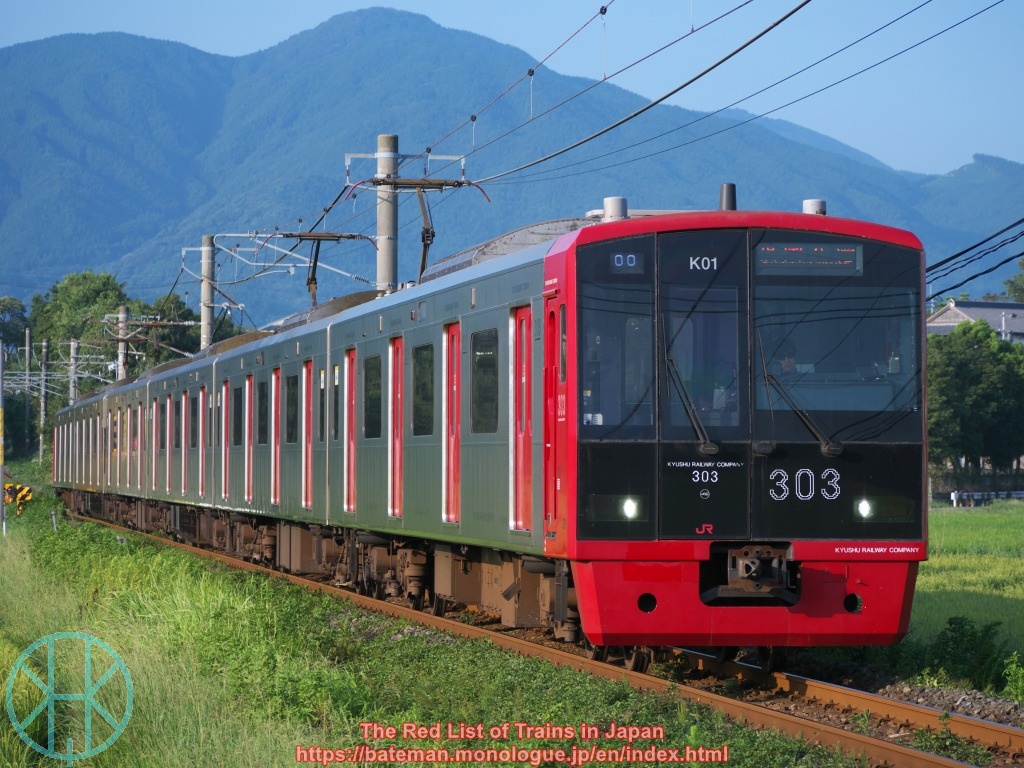On 18 October, JR East announced that Ou Main Line between Shinjo and Innai (Yamagata and Akita Prefectures) would reopen by May 2025 but as an unelectrified railway. This is another example of downsizing but could be environmentally friendly, as this blog argued in 2022.
The area in question was devastated on 25 July 2024 by a massive torrential rain and landslides. The railway has been closed and replaced by bus since then. According to JR East, the ongoing construction will complete before so-called Golden Week holidays in May 2025. However, to make the railway "sustainable, resilient against disasters and easy to be reopened", overhead wires, poles and other facilities necessary for electric trains will be removed. When the line reopens, GV-E400 series and KiHa 100 series diesel trains will be used instead of 701 series electric trains.
Some people might argue that this is part of JR East's long-term plan to axe unprofitable railways in rural areas. This area has been sparsely populated for decades so that there were just eight trains a day before the torrential rain. According to the statistics, the ridership thereof in 2023 has dropped by nearly 93% compared to that in 1987. However, the decline in population is not the only one to blame, as Ou Main Line had been used by long-distance travellers between Tokyo and other cities in the northeastern region in the past but they have shifted to Akita Shinkansen when it opened in 1997.
The facilities in the area including a substation were built when there were many intercity trains before the privatization of Japanese National Railways in 1987. There were not only regional services but also Limited Express Komakusa (Yamagata – Akita, downgraded to Rapid in 1999). There were up to five Komakusa services a day on each direction. However, it could not justify having large and inefficient facilities after those intercity services were completely discontinued in 2002.
De-electrification does not sound good, but at least it indicates that JR East does not plan to close the line permanently in the near future. As train operators and local governments across the country have been discussing about the fate of rural railways, Ou Main Line's de-electrification might suggest another choice to maintain the rail transport.


